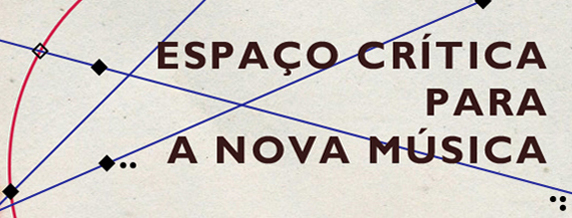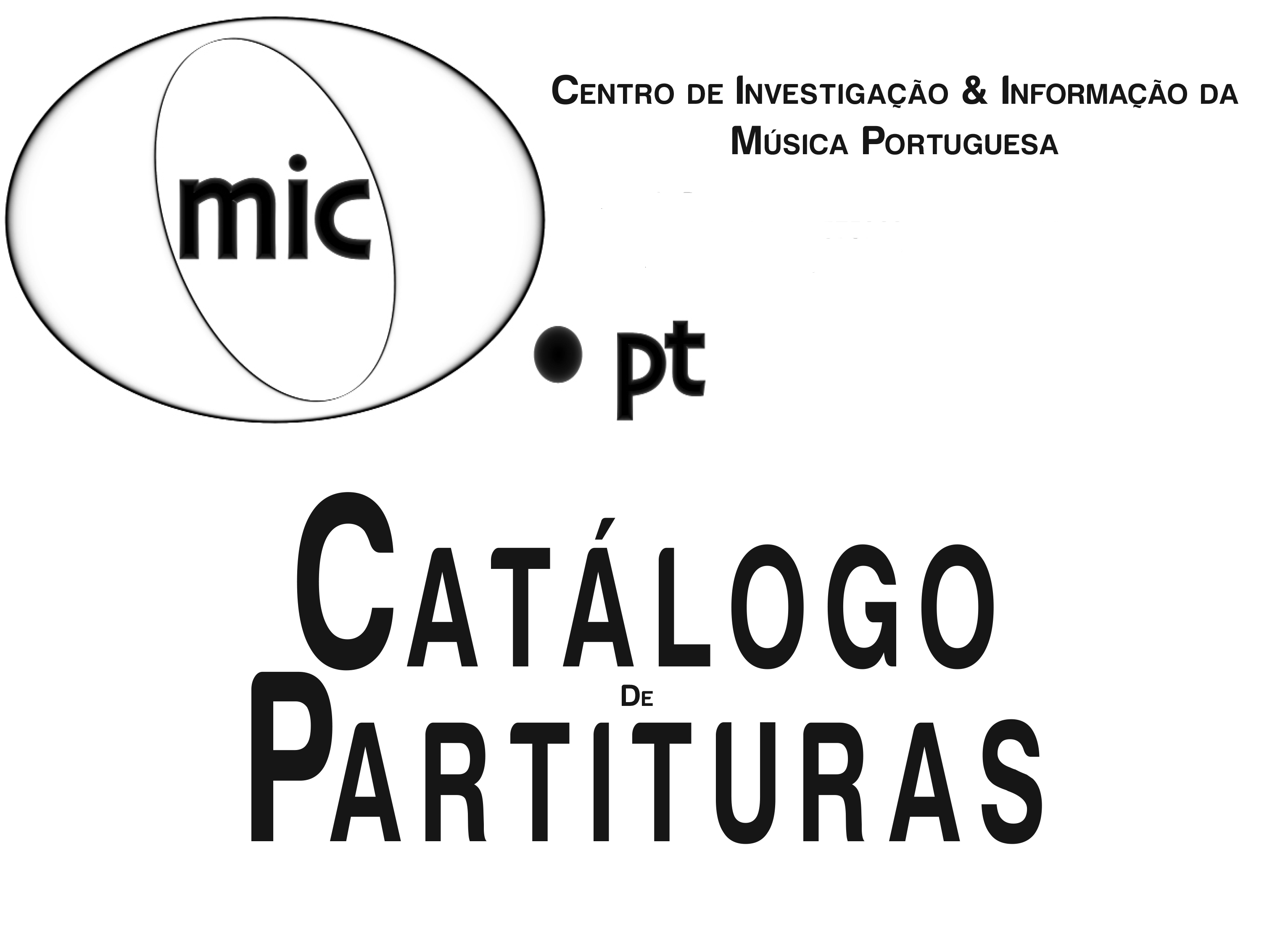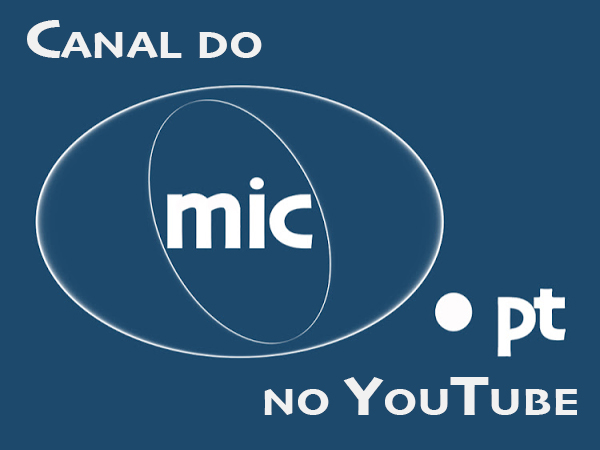Questionnaire / Interview
Part 1 . Roots and Education
How did music begin for you and where do you identify your musical roots? Which paths led you to composition?
Daniel Martinho: I started studying music at the age of six, but it was interrupted more or less when I was eleven. At the age of fifteen I return to study electric and classical guitar, firstly as autodidact and then at the Music Academy in Espinho. At that time, despite my aim being to follow higher education in classical guitar, I already had a particular taste for music creation. Still, my first admission to the university was in the area of design (Aveiro University). Here I had the opportunity to attend the subject dedicated to contemporary artistic movements, where one approached different artistic currents of the 20
th century (in music, in fine arts, as well as cinema and architecture). In music I have always been fascinated with the unexpected or unpredictable, all the new sonorities, timbres and techniques. So when I was confronted with the music of Claude Debussy, Igor Stravinsky, Arnold Schoenberg, among many others, and I since the taste for writing music was becoming stronger and stronger, I understood that I had to follow my academic and professional path in the area of composition. In other words, making this decision (I was eighteen years old) took place, above all, due to this experience. Two years later I enter the composition course at the Superior School of Music, Arts and Performance in Porto (ESMAE).
Which moments from your music education do you find the most important?
DM: I believe that all the moments that I have lived turn out to be important for me as composer. Chronologically I can point out the following ones: the lessons of analysis and composition techniques where I had the opportunity to dialogue and exchange impressions with my professor regarding my first compositions; as well as being composition student at the ESMAE – this allowed me to learn a lot of what I know today. Here I had the privilege to work with many professors/composers who have always given/done their best, not only for me but also for all of my colleagues. Still at the ESMAE I attended various seminars and particular lessons with some great contemporary composers such as Klaas de Vries, Magnus Lindberg, Jonathan Harvey, Helmut Lachenmann, Vic Hoyland and Ricardo Climent. It was, without any doubt, an important moment for my music education (in general) and as composer/composition student. However, I feel that even today, as teacher, composer and Master’s Degree student in composition, I am constantly learning something new. Working together with a student or musician who performs one of my works is always a moment of learning for both of the parts.
Part 2 . Influences and Aesthetics
Which references do you assume in your compositional practice? Which works from the history of music and the present time have been the most important to you?
DM: I can emphasize Magnus Lindberg’s and Tristan Murail’s music as a great influence (or main influence) in my practice as composer. I identify a lot with their music language and aesthetics. However I believe that all the music I listen to and study influences me at the moment of composing: from the Gregorian chant to the music of the 21st century, or even pop music (particularly the progressive rock from the 1970s and the rock of the 1990s and 2000s). In this manner, all these influences shape my idea of music (form, melody, harmony, rhythm and aesthetics). In other words, I am aware that any work I am writing is affected by the music that I am listening to during the period of composition.
As for the works from the history of music that I consider more significant, in more general terms I can point out Bach’s Mass in B minor, Mozart’s Requiem, Beethoven’s 9th Symphony, Liszt’s Piano Sonata in B minor, Mahler’s 2nd Symphony, Debussy’s Prélude à l'après-midi d'un Faune, Stravinsky’s The Rite of Spring, Bartók’s Music for Strings, Percussion and Celesta, Schoenberg’s Verklärte Nacht, Messiaen’s Quartet for the End of Time, Stockhausen’s Klavierstücke X, Penderecki’s Threnody to the Victims of Hiroshima, Grisey’s Partiels, Murail’s Désintégrations, Lindberg’s Aura, Saariaho’s Orion and Romitelli’s An Index of Metals. I can also say that these are the works that have always nourished my taste for composition.
The dichotomy occupation – vocation can define the artistic/professional approach of the composer. Where on the scale between the emotional (inspiration and vocation) and the pragmatic/rational (calculation and occupation) do you find your way of working and your stance as composer?
DM: I always try to achieve a balance between these two approaches. However, I know that many times the emotional side excels. Perhaps for believing that, in my case, this side bears a kind of more visceral, profound and natural sound, and that here I am able to express my ideas more adequately.
Are there any extra-musical sources, which influence your work significantly?
DM: Not constantly. Sometimes a determined work of art (for example, a painting) or a text (prose or poem) can influence me in a particular work. Yet my intention is that the extra-musical sources differ from one work to another.
In the context of western art music do you feel close to any school or aesthetics from the past or present?
DM: Since I develop many of my works resorting to the techniques used in spectral music, I really appreciate the music of French composers such as Gérard Grisey and Tristan Murail, as well as of Finish composers – Magnus Lindberg and Kaija Saariaho.
Are there any influences of non-western cultures in your music?
DM: Yes, but it is not anything recurrent in my music. In the work Constellations (for two solo tenor trombones, solo bass trombone, solo tuba, and symphonic band) I was inspired in popular Chinese tunes, since the work would be performed in China, in order to create new melodies. The section of the work where these melodies are present doesn’t aim to portray the popular music of this country, but yes to create a correspondence between the two cultures (Western and oriental).
Part 3 . Language and Compositional Practice
How can you characterize your music language when taking into account the techniques developed in composition in the 20th and 21st centuries? Do you have any music genre or style of preference?
DM: In the overall, my language aims at a musical syntax similar to the one in tonal music, but using quite different processes and rules. Essentially, I intend to have one or various gravitational centres (which can be determined by a harmony or even a singe note), and a set of other surrounding harmonic structures. In this approach every structure reveals a determined level of attraction (major or less) in relation to each other and to the central pole(s).
For this effect I frequently resort to the techniques used by the composers of the so-called spectral music school.
Could you describe the process behind your compositional practice? Do you compose from an embryo-idea or after having elaborated the global form?
DM: I always try to compose my works with a basis in an embryo-idea and from there I construct the global form. In most cases this is how my music is being developed. With respect to the form, there is always room for change. During the compositional process I acknowledge the unexpected and chance and these can in a certain way determine the alterations. That is, the manner how the music ideas are developed can give space to a guiding thread different from what was originally structured.
What is your relation with the new technologies and how do they influence your way of composing and your music language?
DM: Sometimes I use software such as the PWGL or the Max/MSP in order to determine, for example, a progression of chords or a certain music event/gesture. However I always intend that these tools don’t take hold of the composition. That is, I always change and evaluate these kinds of processes according to my auditory perception and to the already mentioned emotional side. When I employ electronic music together with acoustic instruments, in most cases it is the electronics that influences the music. I begin to give structure the work having as a basis the composition of electronic music, and then the acoustic part serves as a complement in order to create a unified whole. In this sense and quite naturally, my works with instrument(s) and electronics end up making greater use of experimentalism and improvisation.
What is the importance of spatial and timbral aspects in your music?
DM: It depends on the work, but these are the aspects to which I give a lot of importance, to the point that they can influence a given passage or even the general form of a work. When it comes to spatiality, in my case it means above all the possibilities inside the conventional disposition of an orchestra or ensemble, and not the disposition of musicians in different spaces of the stage or the concert hall. Nonetheless I tend to explore more the timbre (principally in the case of works with electronics), since it permits innumerable possibilities and coincides with my music ideas.
What is the importance of experimentation in your music?
DM: Generally I think that all the works I write, in a certain way end up resorting to experimentalism (in a greater or lesser degree, obviously). However, I approach it in a more mindful manner if I write a work for a solo instrument, and I aim at exploring the possibilities of the instrument/instrumentalist. In the case of a work for instrument(s) and electronics I like similarly to develop it from a more experimental perspective. Since, as I have already referred, the electronics is composed in the first place (and perhaps because of the manner how I explore this component), I feel that an experimental aspect suits better these compositions.
Which works do you consider to be turning points in your career?
DM: The triptych, Antologia do Tempo (1. Génese; 2. Ritual and 3. Apogeu) that I wrote as Young Composer-Resident at Casa da Música (2010) marks a new stage in my career. In fact the work’s whole idea is developed following my path as composition student (which had ended in the previous year) and from the perspective of a new phase, which at that time was happening.
Part 4 . Portuguese Music
How could you define the composers’ role nowadays?
DM: I think that one of the composers’ responsibilities is to contribute to the development and evolution of music (or once it used to be his or her role); to constantly question his or her work and the surrounding music, giving perspectives of other forms of expressing his or her ideas. However, I don’t regard this mission as exclusive or that it ought to be present in the consciousness of all the composers. First of all, what I find essential is that every composer creates the music he or she feels like writing, in accordance with his or her objectives and principles.
According to your experience what are the differences between the music environment in Portugal and in other parts of the world?
DM: Although I don’t have a lot of direct experience with the music environment in other parts of the world, I can mention the testimonies to which I have access through other composers and colleagues outside Portugal (in the United Kingdom, Germany and Austria, for example). Thanks to this exchange of experience I find that the differences between the Portuguese and foreign music environment are great. Generally what one hears frequently, when compared with Portugal, is that there are more concerts, more performance halls, the prices of the tickets are more accessible and the concert halls are always full. In our country there are a lot of institutions, which work arduously to take art music to a broader audience, but it is still very unknown and unacknowledged. In my opinion this occurs principally due to the fact that for the time being art music isn’t rooted in our culture.
Part 5 . Present and Future
What are your current and future projects? Could you highlight one of your more recent works, presenting the context of its creation as well as the singularity of its language and the techniques used?
DM: At the moment I am attending the Master’s Degree in composition and Music Theory at the ESMAE in Porto (Superior School of Music, Arts and Performance). In the future I would like to develop a doctoral project. In the field of composition I am writing a Concert for Percussion and Electronics, which will be premiered by the Costa Cabral Music Academy Orchestra and the percussionist André Dias.
One of the last works that I wrote was Sonho for the Sond’Ar-te Electric Ensemble (commission by the Sond’Ar-te Electric Ensemble). Apart from the instruments, here I also used electronics and narration (with an excerpt [one verse] from the poem by Fernando Pessoa included in the Mensagem cycle). The work was composed for the Music Theatre project of the Sond’Ar-te Electric Ensemble. Its main target audience are young people, from 10 years old. It was a quite exciting experience, since I have never composed anything directed to such a young audience.
In the composition of this work, in the first place I concentrated on the electronics and then I wrote the part of the acoustic instruments. That is, the electronics constitutes the base of the whole composition. In this way, the acoustic component resorts considerably to extended instrumental techniques, in the sense to become closer to the electronics (multiphonics, glissandos, quarter tones, among others).
Throughout the work I try to represent musically Pessoa’s verse from a double perspective: as the integral part of Mensagem and as an isolated verse standing on its own.
In terms of structure it has three main sections with distinct characters between them. The first one has a more contemplative and static sound environment. The central section develops from the previous one gradually increasing when it comes to harmonic density, dynamics and the instrumental register. The last section represents the resolution of the whole work that matches the last verse – os Beijos merecidos da Verdade (the Kisses entitled to the Truth).
Daniel Martinho, June 2015
© MIC.PT





